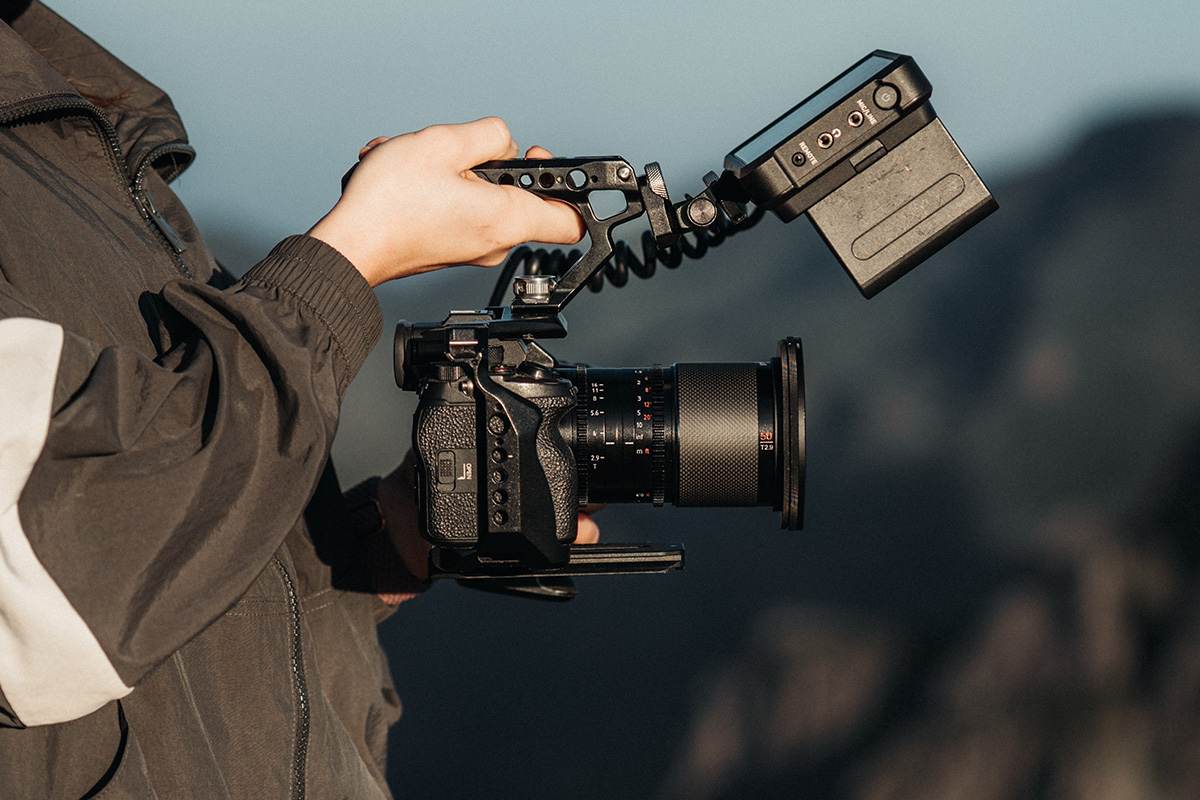What is a prime lens and how does it compare to a zoom lens? Is it still relevant in the industrial standard of 2025? We have thoroughly answered all these frequently asked questions and provided our recommendations.
What is a prime lens?
As the name suggests, it is a primary or main lens for photographers that works best with a single focal length. In other words: there are no practical zoom rings common in a typical zoom lens, but only a single focal length.
Therefore, you have to move closer to a subject for each shot instead of zooming in. Although beginners may find such lenses limiting in everyday use, this limitation is often a hidden gift for creatives.
Prime lenses vs. a zoom-obsessed world
Recently, we had a passionate debate within a team of creatives about what prime lenses can still achieve in photography, as zoom lenses have become much more advanced and offer more than just different focal lengths. Discussions like these between prime lens purists and zoom advocates raise the question of whether prime lenses are still worthwhile in the ever-changing world of technology.
Compared to zoom lenses, prime lenses can deliver significantly sharper images. This is due to the way the optics inside the lens work. In a zoom lens, the complex optics take up most of the space, which affects image quality. This becomes especially apparent when shooting in low light or with moving subjects.
That does not mean zoom lenses are fundamentally useless; in fact, they are frequently used in today's industry due to their flexibility and convenience. This sparks a debate between prime and zoom advocates about which lenses have the edge. Let's discuss the pros and cons of both lenses.
What is the greatest strength of prime lenses?
Because they are smaller and more compact, they are much more convenient to carry. You can literally carry two prime lenses instead of just one zoom lens, which can still be heavier than both. Portability is the biggest advantage of a prime lens for most photographers.
Thanks to their significantly larger maximum apertures like f/1.4 or T2.9, they can also let in more light, which is another big advantage. In 2025, when using 6K and 8K resolutions today, a prime lens can fill this gap and deliver sharper, clearer images.
What is the biggest weakness of a prime lens?
The weakness lies in its core function, the fixed focal length. In spontaneous situations, such as street scenes and environments with a lot of movement of various objects, this is particularly problematic.
Advantages and disadvantages of zoom lenses:
Zoom lenses are excellent for simultaneous and fast-paced environments thanks to their versatile focal length ranges of 24–70 mm, 70–200 mm, and more. They are also very practical when you are in tight spaces. Furthermore, buying a single zoom lens, especially for travelers and beginners, is significantly cheaper than investing in three prime lenses.
Is buying prime lenses worthwhile in 2025?
In recent years, zoom lens technology has improved significantly, and OEMs have been able to close the gap between prime and zoom lenses. In 2025, a newer generation of zoom lenses is significantly more powerful and offers better performance in low light. However, these new lens generations are usually associated with a high price.
Comfort often comes at the expense of quality. The higher price still does not match the optical quality of a good old prime lens. This year, the previous generation of prime lenses is even more affordable, and you can easily afford one or two prime lenses to cover most needed focal lengths.
Among the many prime and zoom lenses, the SIRUI Saturn stands out with its cinematic and professional optical quality at a price that even outshines top manufacturers. This anamorphic carbon full-frame lens was designed to create a visual signature that stands out from the mass of content.
Available in three classic focal lengths, you can shoot photos and videos with a true 1.6x widescreen cinema look and achieve professional shallow depth of field even in low light. A worthwhile prime lens for 2025 with cinema-quality optical quality and ultra-light design.





